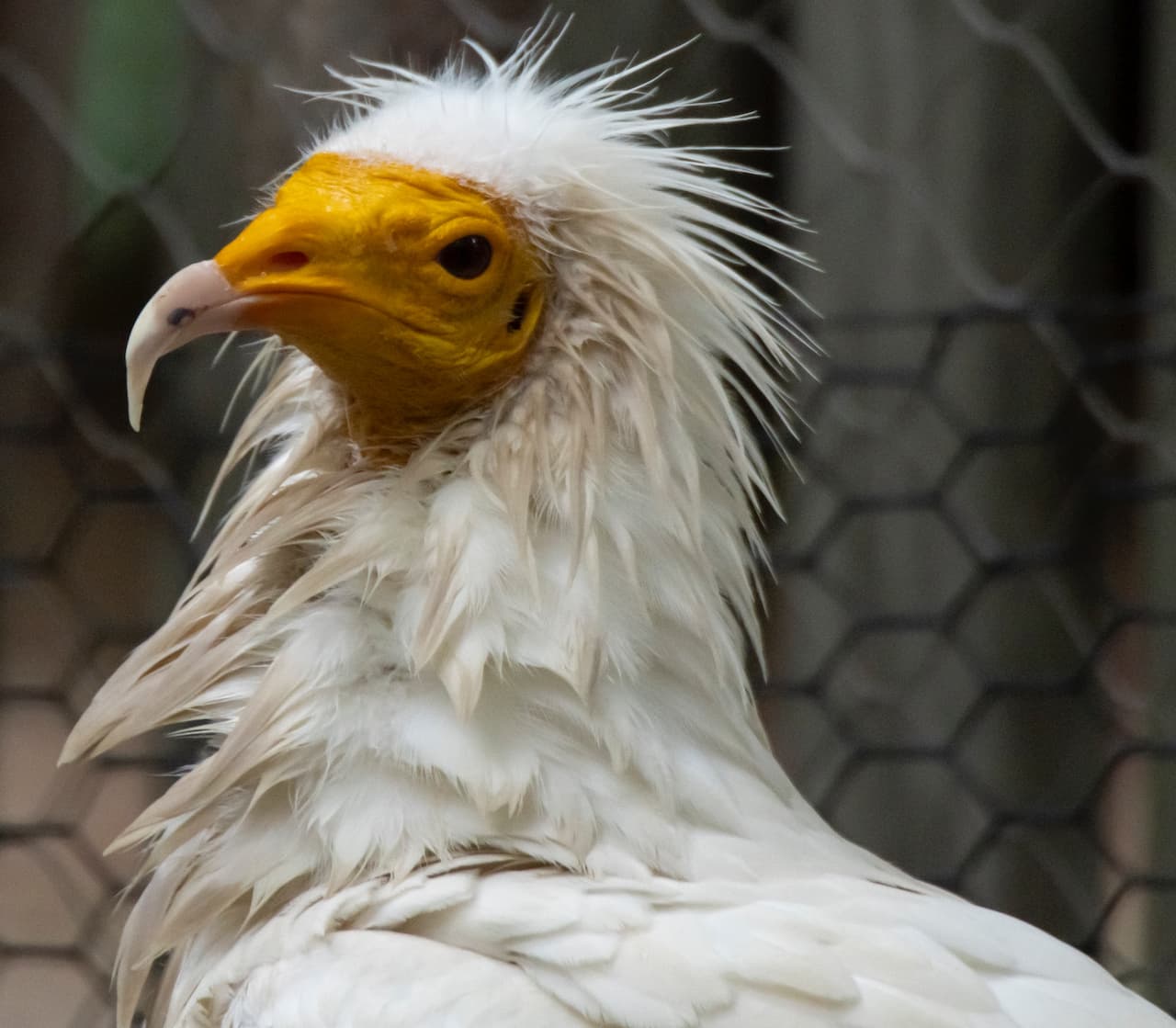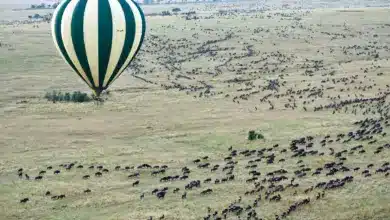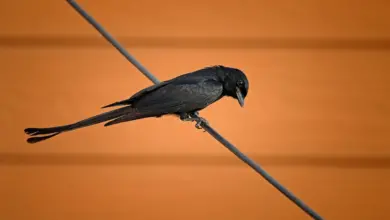Pale Chanting Goshawks
Pale Chanting Goshawks
The Pale Chanting Goshawk (Melierax canorus) is an African bird of prey with a range that is mostly confined to southern Africa. Its global population is estimated to consist of more than 10,000 breeding pairs (Maritz et al. – 2000).

The Pale Chanting Goshawk is also sometimes referred to as Southern Pale Chanting Goshawk – in reference to the fact that some speculate that the Pale Chanting Goshwak is the southern form of the Eastern (Pale) Chanting Goshawk (Melierax poliopterus).
Most authorities believe that the Pale Chanting Goshawk forms a superspecies with (= has over time evolved into separate species) the Dark Chanting Goshawk (Melierax metabates) and the Eastern (Pale) Chanting Goshawk (Melierax poliopterus).
Global Names
Chinese: ???? … Czech: jest?áb kuka?kovitý … Dutch: Zanghavik … German: Großer Singhabicht … strong Danish: Lys Sanghøg … Finnish: kapinlauluhaukka … French: Autour chanteur … Italian: Astore cantante pallido … Japanese: koshijiroutaootaka … Norwegian: Bleksanghauk … Polish: jastrzebiak jasny … Portuguese: Açor-cantor-pálido … Slovak: jastrabec sivý … Spanish: Azor-lagartijero Claro … Swedish: Sydlig blek sånghök
Recognized Subspecies and Ranges
Pale Chanting Goshawk (Melierax canorus canorus – Rislachi, 1799) – Nominate Race
Range: Southern South Africa (Cape Province, southeast Orange Free State). Formerly occurred in southern Natal.
Melierax canorus argentior (Clancey, 1960)
Range: South Angola, south and east through Namibia, Botswana and Zimbabwe to northeastern South Africa (Transvaal and northwestern Orange Free State).
Distribution / Range
Pale Chanting Goshawks are relatively common throughout their wide range.
They occur naturally in south-western Angola through Namibia and Botswana to the western half of South Africa, marginally extending into south-western Zimbabwe.
They are mostly sedentary – but some are partially migratory, with young birds usually moving away from their parents’ breeding territories. Females tend to disperse farther than males. According to SAFRING ring recovery data, females travel on average a distance of 282 km and males 39 km (Malan 1997).
Most of the time, they are seen either singly or in pairs. Sometimes family groups of five or more are observed (most likely post-breeding, together with their young).
Pairs usually remain in and around the same group of trees from which they hunt. Due to their long legs, they can run quite fast when pursuing prey. They are typically seen perching or walking on the ground. They spend more time on the ground than other hawks.
They are native to:
Angola; Botswana; Namibia; South Africa; Zimbabwe
They are vagrants to:
Lesotho (formerly known as Basutoland) located in southeastern Africa surrounded by the Republic of South Africa.
Habitat
They prefer dry open plains and desert country – particularly areas with limited ground cover and scattered trees and bushes, often near streams. Their typical habitats include savannas, semi-deserts, Karoo shrubland, Acacia thornveld, as well as Kalahari/ Mopane / riverine woodlands.
Description
The Pale Chanting Goshawks measure between 18 – 26 inches (46 – 65 cm) from top of head to tip of tail. Their wingspan is from 41 – 45 inches (105-115 cm).
The adult upper plumage is grey except of the white rump. The top of the head (crown) is a darker grey turning paler on the nape (back of a bird’s neck) and the upper back, then turning darker again on the lower back – contrasting with the white rump. The upper tail feathers are barred grey and white turning darker – nearly black – towards the center of the tail.

The chin, throat and upper chest are a paler grey. The lower chest, abdomen, thighs and most of the tail feathers below are finely barred dark grey and white (some of the under tail feathers are white).
The longer outer wing feathers (primaries) are black with grey on the outer webs. The shorter inner flight feathers (secondaries) are pale grey with narrow white tips and white specs on the inner webs.
The eyes are reddish-brown; the skin above the upper bill (cere) is orangey-yellow; the long legs are orangey-reddish.
Juveniles
Hatchlings are covered with a pale down. There are long dark hair-like feathers on the crown (top of the head). The eyes are grey-brown. The skin above the upper beak (cere) is greenish-grey.
Juveniles have a brownish upper plumage with a white rump and a brown-white barred tail. The chin and throat are brown. The upper chest is greyish-brown. The rest of the under plumage are barred brown and white.
The tail is barred greyish above and brownish when seen from below.
The legs are yellowish-white, turning reddish as they reach adulthood.
Similar Species: The Pale Chanting Goshawk resembles the Dark Chanting Goshawk (Melierax metabates) except the plumage is generally paler. Also, the Pale Chanting Goshawk’s rump is white and the Dark Chanting Goshawk‘s is grey.
Diet / Feeding
Pale Chanting Goshawks feed on
- small mammals, such as mice, rats, hares and shrews.
- birds, such as guineafowl, quails, francolins and spurfowl, moorhens, korhaans, bustards, plovers, sandgrouse, owls, hornbills, pigeons and doves, mousebirds, swallows, martins, larks, robins, flycatchers, tchagras, sparrows, weavers, canaries, chicks and eggs
- reptiles, such as lizards, tortoise hatchlings, snakes
- frogs
- insects, such as termites, crickets, grasshoppers, wasps, bees, ants, beetles, cicadas, centipedes, scorpions
- carrion (dead and decaying flesh)
They catch their prey by …
- hunting from a high perch, descending to the ground to strike its prey (mice, rats and hares) or performing aerial chases (birds)
- walking on the ground searching for small prey (such as insects)
- following other predators to catch animals flushed by them
Nesting / Breeding
Pale Chanting Goshawks are generally monogamous (have only one mate). However, rarely a female pairs up with two males (a primary and a secondary male). The secondary male assists with the breeding activities and, on occasion, also mates with the female. The reasons for this behavior may be that the breeding territory needs to be defended by more than one male or that it takes two males to secure the food for the brooding female and the chicks.
During the wet season, they usually produce one brood. When conditions are particularly favorable, they may attempt a second brood. In particularly dry years, they may not breed at all.
At the beginning of the breeding season, the male – while perched on top of a tall tree – makes his melodious display call, continuously calling for hours at a time. The female and male can then be seen soaring together in circles.
Nesting varies depending on the latitude, mostly from May to February with peaks from July to November.
Their nests are usually situated on the upper fork of tall trees at heights of 10 – 33 feet (3 to 10 meters), or is placed on man-made structures, such as utility poles, survey beacons and steel pylons / transmission towers.
The nest is built by both the male and the female (and the extra male, if applicable).

The stick nest is relatively small, measuring about 20 inches (50 cm) across, with a cup-like indentation in the middle that is about 10 inches (25 cm) in diameter. The nest is lined with anything suitable that the parents might find in their environment, including plant matter (i.e., leaves, grass), bird feathers, spider webs, rags, wool, rope, paper, plastic bags, dung, regurgitated pellets – even small bird nests. The nest is occasionally re-used during the following season or they may build a new nest. If they do, they often move the nesting material of their old nest to their new structure.
The female lays at intervals of several days 1 – 2 (occasionally 3) pale bluish or greenish white, unmarked eggs. The eggs are incubated for 33 – 37 days. Both parents fiercely protect the nest site.
If several eggs are laid, the young hatch at intervals of several days. The female feeds the young with food provided by the male. Both parents defend the chicks; however, in most cases only one of chicks survives to the end of the nesting period –likely caused by lack of food or predation. The chicks fledge when they are about 6 – 7 weeks old. The young will remain near the nest for several months or even the next year. Some eventually even breed in the same area.
Calls / Vocalizations
Pale Chanting Goshawks are generally quiet. During the breeding season, the males make a series of tuneful whistling calls from a tree-top perch that are described as kleeuu, kleeuu-ku-ku-ku.



